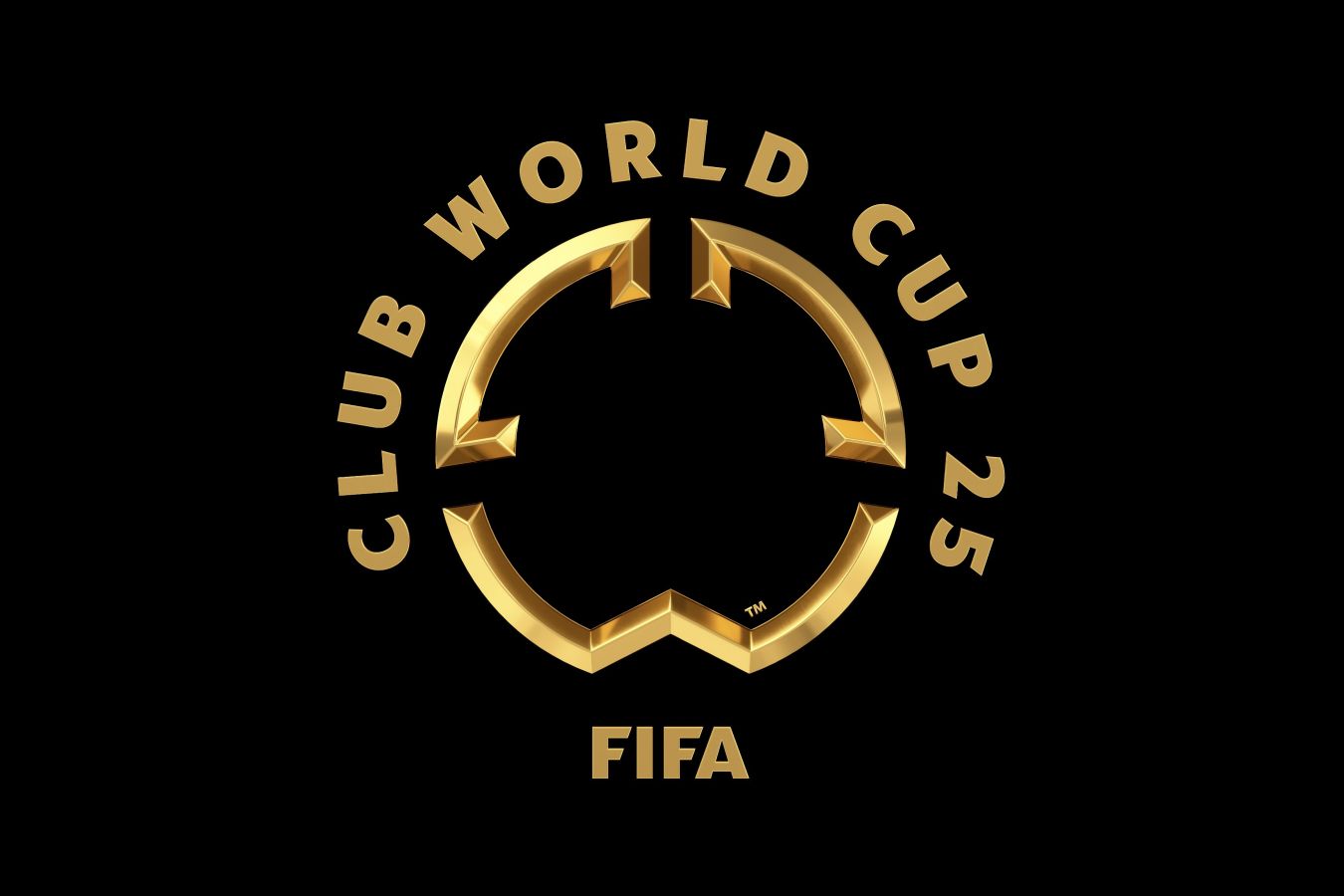
In the expansive universe of global football, where continental titans clash and national pride soars, the concept of crowning a single, undisputed “best club in the world” has long held a certain allure. For decades, it was a straightforward affair: Europe versus South America. Then came an annual global showdown. Now, in a move that signals either audacious ambition or potential overreach, FIFA is rolling out a vastly expanded, quadrennial Club World Cup. Set to unfold across various venues in the United States, this tournament, backed by a staggering billion-dollar prize fund, promises a new “golden era” of club football. But beneath the glittering veneer of unprecedented wealth and global fanfare, questions linger: Is this a visionary step forward, or a high-stakes gamble with the very fabric of the game?
A Billion-Dollar Bet: The Financial Engine Driving FIFA`s Vision
At the heart of this revamped tournament lies money, and plenty of it. FIFA President Gianni Infantino, a man not shy about putting his personal stamp on new initiatives, has championed this expansion as the dawn of a new age, an era of unparalleled club football. The numbers certainly reflect this optimism: a prize pot of $1 billion, with the eventual champion standing to gain up to $125 million. For some European powerhouses, this represents a potential doubling of their annual earnings from international competitions. Even participating clubs are guaranteed significant sums, ranging from $38.19 million for European giants to a comparatively modest $3.58 million for teams like New Zealand`s Auckland City, whose entire annual budget is often dwarfed by a single player`s weekly wage.
This financial injection is strategic. FIFA, long reliant on the four-yearly Men`s World Cup for the vast majority of its revenue, appears eager to carve out a larger slice of the lucrative club football pie, traditionally dominated by UEFA. The astronomical broadcast deal signed with DAZN, reportedly followed by a significant investment from Saudi Arabia`s sovereign wealth fund (which also owns a participating club, Al-Hilal), underpins this ambitious financial model. Yet, such a sudden influx of cash inevitably creates ripples. The MLS Players` Association, for instance, has already voiced its discontent, staging protests over their share of the prize money, highlighting the immediate friction this new wealth generates.
The Contenders: A Mix of Giants, Gatecrashers, and Messi`s Miami
The 32-team field is a fascinating mosaic. Qualification largely adhered to the principle of continental champions from 2021 to 2024, ensuring the participation of established heavyweights like Real Madrid, Manchester City, and Paris Saint-Germain. However, the system also incorporates “best performing non-champions” based on ranking points, leading to some curious inclusions, such as Red Bull Salzburg, a team that remarkably failed to win a single Champions League knockout game over the four-year cycle. National limitations (two clubs per country, unless they are continental champions) further complicated matters, notably sidelining Liverpool in favor of other English clubs.
Perhaps the most talked-about inclusion, and a clear testament to FIFA`s desire for star power, is Inter Miami. As the host nation representative, one might expect the reigning MLS Cup champion. Instead, FIFA, citing a preference for league performance over knockout success, selected Inter Miami, last year`s Supporters` Shield winner (best regular season record), a team unceremoniously dumped out of the playoffs in the first round. Their qualification reasoning, though technically justified by FIFA, conveniently allowed for the participation of one Lionel Messi, arguably the biggest name in world football. The tournament even saw efforts to involve Cristiano Ronaldo, underscoring FIFA`s determination to pack the event with marquee attractions, regardless of the athletic logic.
This creates a delightful, if somewhat lopsided, contrast. On one hand, you have the world`s most expensive footballers, jetting in from grueling European seasons. On the other, you have teams like Auckland City, an amateur side whose players hold down day jobs, now facing off against clubs whose annual payrolls exceed Auckland`s entire operating budget. It`s a clash of footballing philosophies, a David vs. Goliath narrative writ large, though one suspects the Goliaths here have significantly better travel arrangements.
The Unseen Burden: Player Welfare and the Congested Calendar
While the financial rewards are undeniable, the human cost is becoming increasingly apparent. Top players and their unions, like FIFPRO, have consistently voiced concerns about the escalating demands of the modern football calendar. With club seasons already extending beyond 50 games for many, the addition of a month-long, high-stakes international tournament during what little off-season remains is a significant point of contention. Manuel Akanji of Manchester City succinctly captured the sentiment: “When do we have holidays?”
The numbers are stark: Real Madrid`s Federico Valverde, for instance, has accumulated nearly 6,000 minutes and traveled over 65,000 miles in a single year, a workload that pushes human limits. This relentless schedule not only risks burnout and injury but also puts international managers in a difficult position, forcing them to balance national team commitments with the demands of an ever-expanding club schedule. Some, like Norway`s Ståle Solbakken, dismiss the Club World Cup entirely, while others simply lament the circumstances and adapt.
The tournament, therefore, becomes a litmus test for player endurance and the sport`s capacity to manage its most valuable assets. Is the pursuit of financial growth and global dominance sustainable if it comes at the expense of player well-being?
A US Audience: The Quest for Engagement
As the host nation, the United States is presented with a unique opportunity to witness top-tier global club football on home soil. Yet, initial reports indicate a lukewarm reception from the US soccer community. Despite the presence of Lionel Messi and other global superstars, ticket sales have been sluggish for many group stage matches, prompting FIFA to slash prices. While FIFA President Infantino remains outwardly confident, predicting sold-out stadiums, the widespread availability of tickets, even for marquee clashes like Paris Saint-Germain vs. Atletico Madrid, suggests a significant challenge in capturing the attention of a nation with a crowded sports landscape.
This contrasts sharply with the passionate, established fan bases in Europe and South America. For the tournament to truly become a “golden era” as proclaimed, it must resonate not just with broadcasters and sponsors, but with the everyday fan in the stadium. The hope is that as the knockout stages approach, the intensity of the competition will ignite broader interest. The potential for unexpected runs by South American teams, who are mid-season and thus potentially in peak physical condition, or even a Cinderella story from an MLS club, could provide the narrative spark needed.
The Verdict: A Future Unwritten
The expanded FIFA Club World Cup is undeniably a bold declaration of intent from football`s global governing body. It is a financial juggernaut designed to elevate club football to unprecedented global prominence and to secure FIFA`s own financial future. Yet, it arrives shrouded in controversy, burdened by player welfare concerns, and facing the challenge of winning over new audiences in a crowded market.
Will this grand experiment succeed in ushering in a “golden era,” creating new rivalries and captivating millions, or will it be seen as a commercially driven imposition that further strains an already overloaded sport? The answer will unfold over the coming weeks and months, not just on the pitch, but in the stands, in the boardrooms, and in the very legs of the players who are asked to carry the weight of this ambitious vision. For now, it is a fascinating, if precarious, new chapter in the global game.




